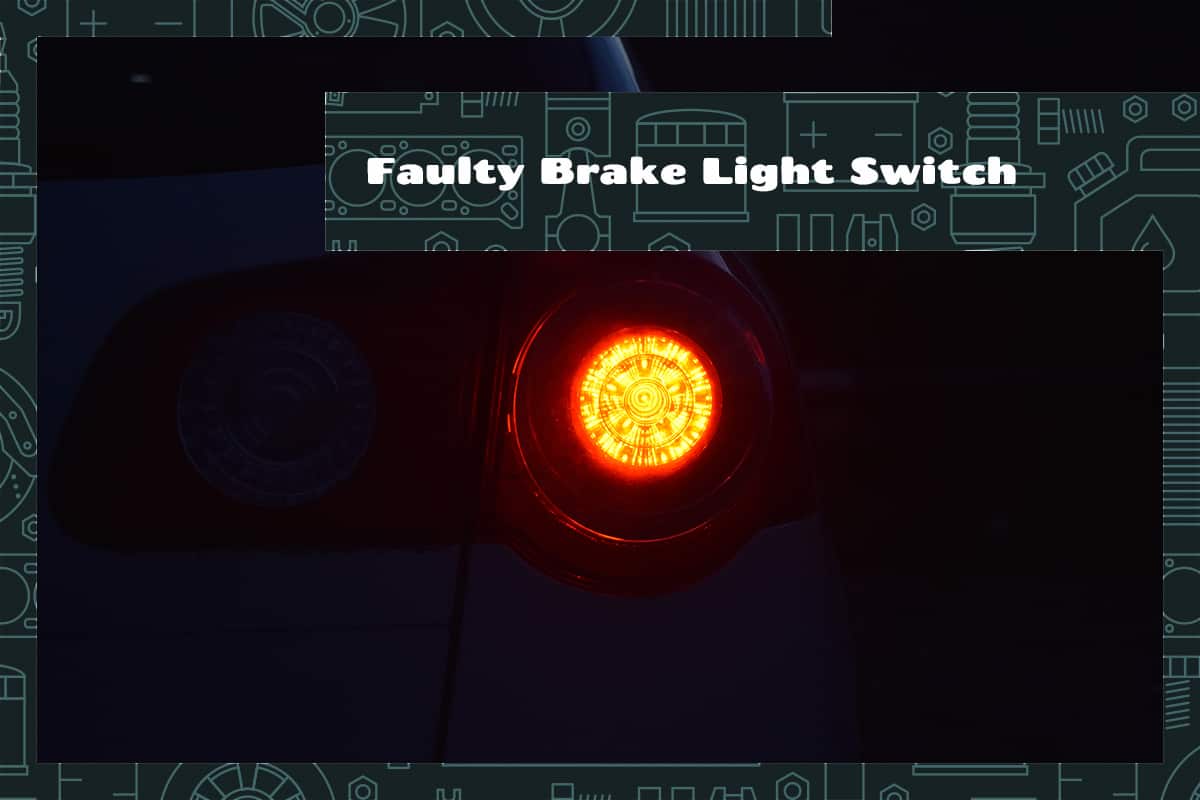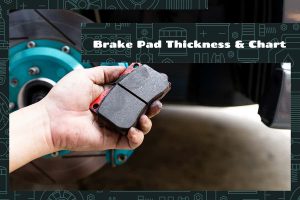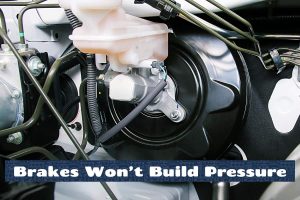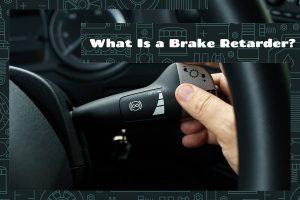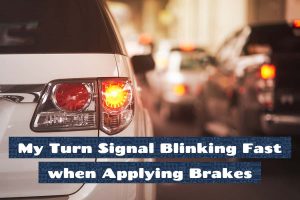The brake light switch is a little device that’s hooked up to your brake pedal and controls when your brake lights go on and off. Whenever you press the brake pedal, it’s this switch’s job to light up your brake lights to alert drivers behind you. However, it can malfunction or become faulty over time.
The most common causes of a faulty brake light switch are:
- Wear and tear: Over time, the switch can deteriorate.
- Electrical issues: Wiring problems can disrupt the switch’s operation.
- Mechanical failure: Physical damage can stop the switch from working correctly.
In this article, we’ll go through everything you need to know about faulty brake light switches. We’ll talk about the symptoms and fix them.
How Brake Light Switches Work
When you’re in a car and step on the brake pedal, your brake lights turn on. This important safety feature warns other drivers that you’re slowing down or stopping. The part that makes this happen is called the brake light switch, and it’s a small but critical part of your vehicle.
How does this switch turn your brake lights on and off? It’s all about pressure. The brake light switch is typically found near the top of your brake pedal. When you’re not pressing the brake pedal, it rests against the brake light switch, keeping it in an ‘off’ position. This means your brake lights are off.
But when you press down on the brake pedal, it moves away from the switch. This triggers the switch to move to an ‘on’ position, which sends a signal to the brake lights. This signal tells them to turn on, and voilà—your brake lights are now on!
The Risks of a Faulty Brake Light Switch

A brake light switch might seem like a small part of your car, but when it stops working, it can lead to some serious problems.
1. Risks on the road
Your brake lights are how you communicate with drivers behind you. When you press the brake pedal, the lights let them know you’re slowing down or stopping. If the brake light switch isn’t working, your brake lights won’t turn on. This means the driver behind you might not know you’re stopping, which could lead to a rear-end collision.
2. Legal consequences of a malfunctioning brake light
It can be a legal requirement for all your lights to work correctly, including your brake lights. If your brake lights aren’t working because of a faulty switch, you could get pulled over and fined.
Symptoms of a Faulty Brake Light Switch
Even though it’s small, the brake light switch plays a huge role in your car’s safety and functionality. When it becomes faulty, it gives off certain signs and symptoms.
1. Inconsistent Brake Light Functionality
The most obvious sign of a faulty brake light switch is when your brake lights behave inconsistently. This could mean:
- Brake lights stay on: If your brake lights remain on even when you’re not pressing the brake pedal, this could be due to a brake light switch that’s stuck in the ‘on’ position.
- Brake lights don’t turn on: If your brake lights don’t turn on when you press the brake pedal, it’s possible that the switch is stuck in the ‘off’ position.
- Brake lights work intermittently: If your brake lights sometimes work and sometimes don’t, it could mean the switch is faulty and needs attention.
2. Warning signs from your dashboard
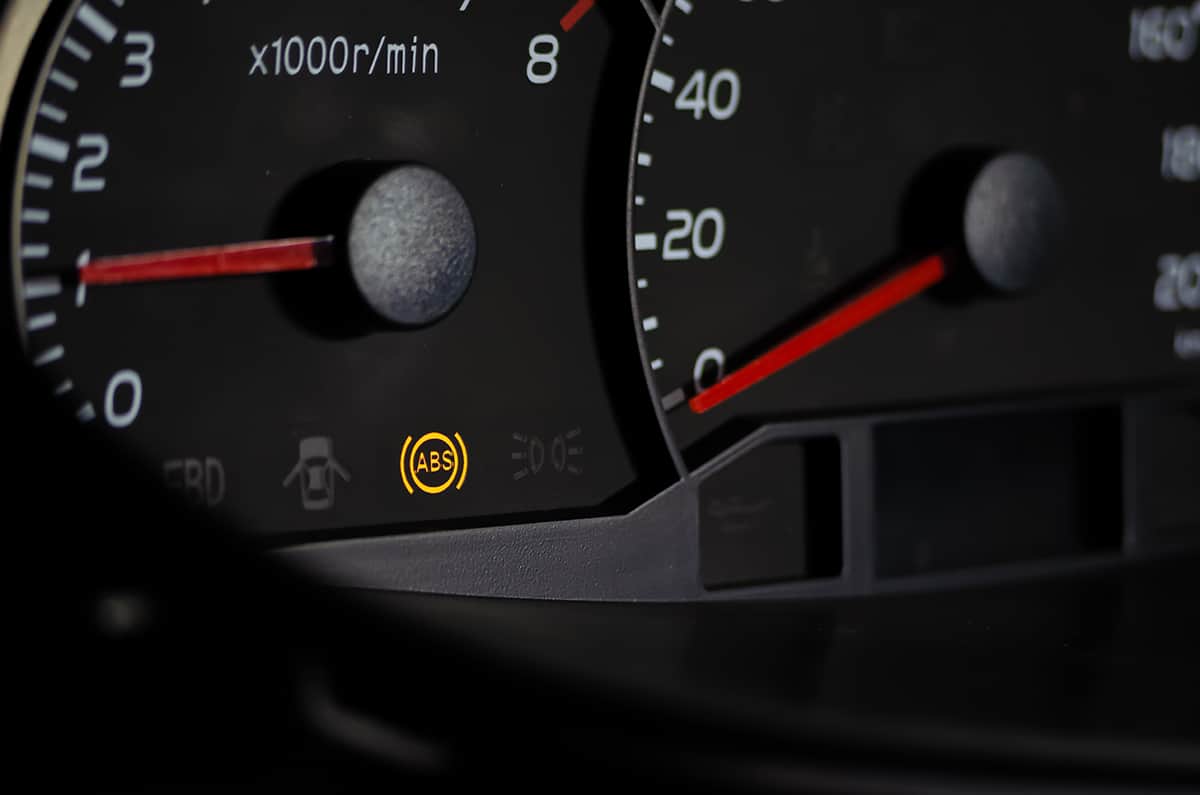
Your car’s dashboard warning lights can also signal a problem with the brake light switch. Here are some signs:
- ABS light: This light indicates a problem with your anti-lock braking system. While this could be due to various reasons, one potential cause is a faulty brake light switch.
- Check Engine light: A faulty brake light switch might also trigger the check engine light in some cars, mainly because the switch is connected to the car’s computer system.
3. Effect of faulty brake light switch on cruise control
Your car’s cruise control could also be affected by a faulty brake light switch. If you notice that your cruise control doesn’t disengage when you press the brake pedal, it could be due to a brake light switch that isn’t working correctly.
3. Other issues
In addition to the symptoms above, a faulty brake light switch can also cause other problems, like:
- Car stuck in park: If your car doesn’t shift out of Park, it could be due to a faulty brake light switch. The switch is connected to the shift lock mechanism, which only lets you shift out of Park when your foot is on the brake.
- Drained battery: If your brake lights stay on because the switch is stuck in the ‘on’ position, it could drain your car’s battery.
Causes of a Faulty Brake Light Switch
A brake light switch can become faulty for several reasons. Knowing what those causes are can help you prevent potential issues and ensure your car’s safety features work correctly.
1. Wear and tear
The most common reason a brake light switch becomes faulty is simple wear and tear. Like all parts of your car, the brake light switch doesn’t last forever. It’s a mechanical device that gets used every time you press your brake pedal, which can be quite often depending on your driving habits.
Over time, the switch’s components can wear out or get damaged. When this happens, the switch may not work as it should, causing issues with your brake lights.
2. Electrical issues
Another possible cause of a faulty brake light switch is electrical problems. The switch is part of your car’s electrical system and depends on good wiring to work properly.
If there’s a problem with the wiring – for example, if the wires are frayed, corroded, or damaged—it can disrupt the electrical signals that the switch sends to the brake lights.
3. Physical damage
Physical damage is another potential cause of a faulty brake light switch. For instance, if your car has been in an accident, it could damage the switch or the area around it. Moreover, incorrect installation of the switch during a repair or replacement can also cause it to malfunction.
4. Other causes
Sometimes, a brake light switch can become faulty for reasons that are hard to predict. For example, water or other fluids might leak into the switch and cause it to malfunction. Or, debris or dirt could get lodged in the switch, disrupting its operation.
Replacing a Faulty Brake Light Switch
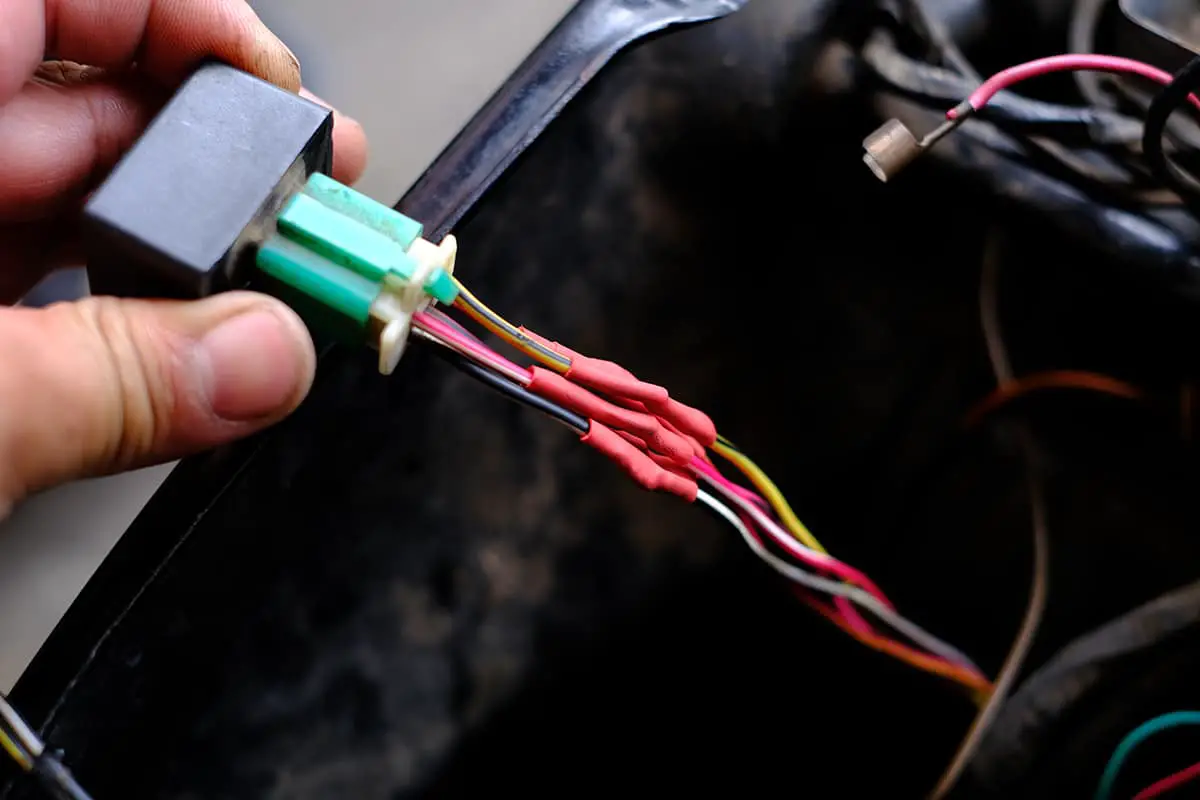
If you suspect that your brake light switch is faulty, you should address it right away to keep your car safe and legal. Clyde Lettsome on YouTube has an excellent video guide.
But here’s a basic overview of how to repair a faulty brake light switch.
1. Removing the faulty switch
If the brake light switch is indeed faulty, the next step is to remove it. This is typically done by locating the switch, which is usually attached to the brake pedal. Once located, it can be removed by disconnecting the wiring harness and unscrewing or unclipping the switch.
2. Installing the new switch
Once the faulty switch has been removed, you can install the new one. This involves connecting it to the brake pedal and the wiring harness. You need to ensure that it’s installed correctly so that it works properly and doesn’t cause any new problems.
3. Testing the new switch
After installing the new switch, the final step is to test it to make sure it’s working properly. This can be done by pressing the brake pedal and checking whether the brake lights turn on.
If the lights turn on when you press the pedal and turn off when you release it, the switch is working correctly. If not, there might be an issue with the installation, or the new switch could be faulty.
